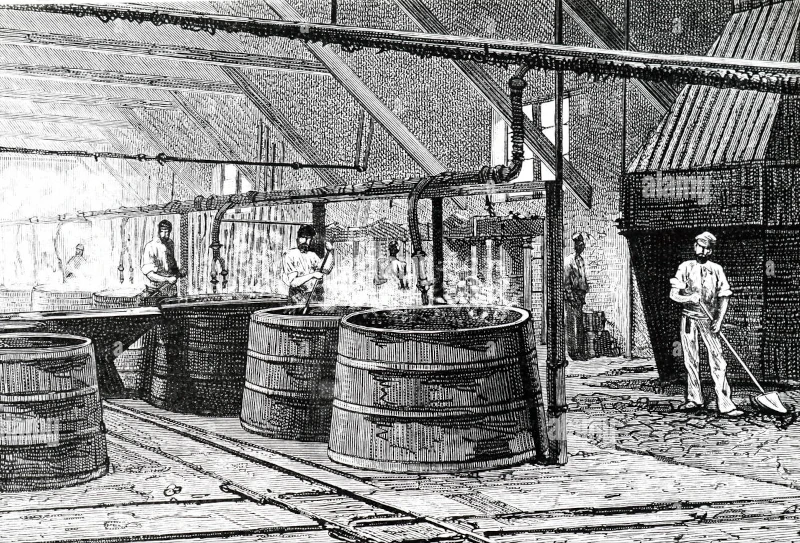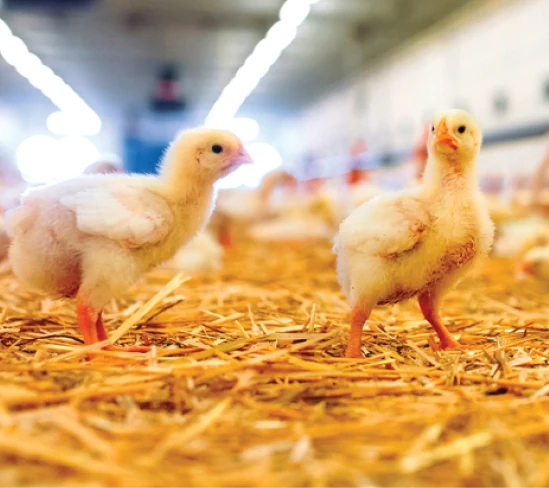
History of Light Liquid Detergents
The historical evolution of light liquid detergents from the late 1940s to the present day reflects significant advancements in chemical formulations and consumer preferences. Initially introduced for dishwashing with primarily non-ionic surfactants, these detergents underwent major changes in formulation to increase foaming and meet consumer demands. Over the decades, manufacturers adapted the formulations to include a variety of surfactant types and to address technical challenges such as solubility of organic components. The addition of antibacterial agents in the 1960s and the focus on skin health in subsequent years mark important shifts towards multifunctional household products. The article also touches on the recent trends of incorporating aromatherapy and aesthetic enhancements in detergents to improve user experience and appeal.

The production of the first industrial liquid detergents began in the late 1940s. Initially, these light liquid detergents entered the market for dishwashing purposes and primarily contained non-ionic surfactants. These detergents produced a moderate amount of foam during washing.
In the early 1950s, the reformulation of manual dishwashing detergents significantly increased the foaming during washing, meeting consumer expectations to some extent. This was made possible by using a combination of anionic, non-ionic, and amphoteric detergents.
The formulations of light detergents successfully overcame a series of technical and technological challenges over time. One of the main issues was the combination of more than 30% organic materials, which have low solubility in water; coupling agents and hydrotropes were used to solve this problem.
Despite the introduction of dishwashers to the market by the late 1950s, the consumption of light liquid detergents found a very good market, and the use of manual detergents also increased. In fact, at that time, people used these detergents both for washing clothes and for dishwashing.
In the 1960s, different auxiliary substances were added to the formulations of these products, one of the most prominent being antibacterial agents. The reason for this was to prevent the potential infection of consumer hand wounds in contact with bacteria present on food residues remaining on surfaces.

From the 1960s to the 1970s, detergent manufacturers also focused on the health of consumers' hand skin. The biggest challenge was the short contact time of the detergent with the skin, as the low concentration of these substances did not provide optimal conditions for affecting the skin.
In the mid-1990s, a significant wave of changes occurred in manual dishwashing detergents. In the production of these new products, not only were more complex and up-to-date materials used, but these products also simultaneously offered other benefits such as antibacterial capability, hand skin care, and not leaving stains on dishes after drying.
After the year 2000, light detergents featured different floral and fruit fragrances and also suitable and transparent colors that matched the color of the flowers and fruits, enhancing their appeal.
Today, aromatherapy has become one of the advantages of hygiene products; one of the international detergent manufacturing companies has added special fragrances to its products, giving them anti-stress properties. Some of these products have scents of lavender and ylang-ylang.



